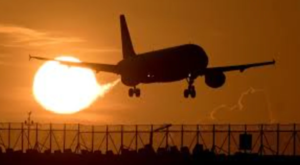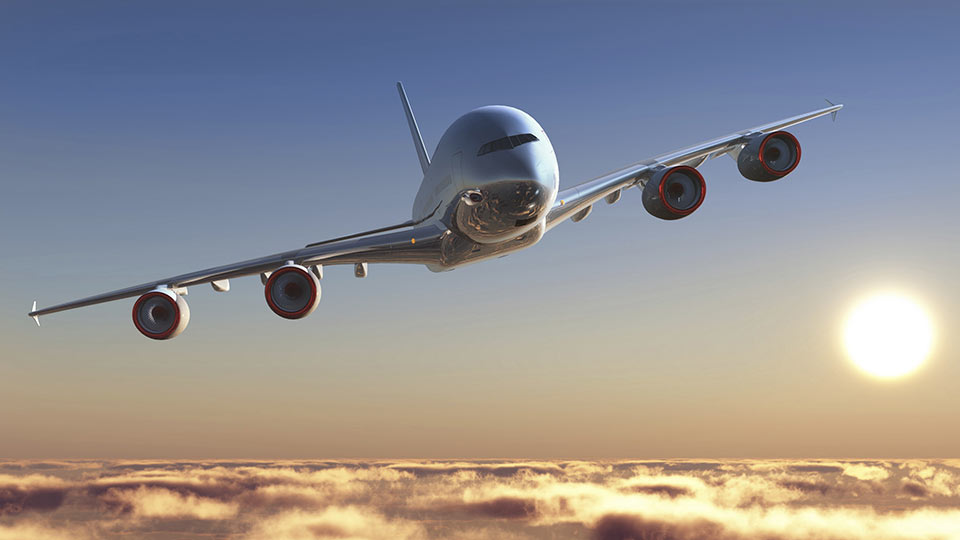Commercial air travel safety:

Flying has long been a source of anxiety for many passengers. Still, a recent study from the Massachusetts Institute of Technology (MIT) offers comforting news: commercial air travel safety continues to improve steadily, with the risk of fatal accidents halving every decade.
The latest findings in the Journal of Air Transport Management reveal that the global fatality rate in commercial air travel safety dropped to 1 in every 13.7 million passenger boardings between 2018 and 2022. This marks a significant improvement from the earlier period of 2008 to 2017, where the rate was 1 per 7.9 million boardings.
This trend reflects a remarkable evolution since the early years of aviation. Back in 1968–1977, the rate of death stood at 1 per 350,000 boardings. “Commercial air travel safety continues to get better,” said MIT professor Arnold Barnett, co-author of the study. He emphasized that the risk of dying in a plane crash “continues to go down by a factor of two every decade.”
Barnett even likened the advancement of commercial air travel safety to “Moore’s Law,” a prediction that computing power doubles every 18 months. The aviation industry appears to mirror this exponential progress in terms of passenger protection.

The study outlined the progression of safety over the decades:
- From 1978–1987, the fatality risk was 1 per 750,000 boardings.
- Between 1988–1997, it improved to 1 per 1.3 million.
- And from 1998–2007, it dropped to 1 per 2.7 million.
Despite this encouraging trajectory, Barnett warned that commercial air travel safety should not be taken for granted. He pointed to recent close calls on U.S. runways in 2024 and ongoing investigations into Boeing after a door plug detached mid-air on a 737 MAX 9 during an Alaska Airlines flight in January.
Moreover, while global statistics show improvement, the study highlights serious regional differences. Countries were divided into three tiers based on their commercial air travel safety performance.
The top tier includes the United States, the European Union, and nations like Norway, Switzerland, the United Kingdom, Australia, Canada, China, Israel, Japan, and New Zealand. These countries maintain the highest standards in commercial air travel safety.
Tier two includes countries such as India, Brazil, Singapore, Turkey, South Korea, and the UAE. While these regions have improved significantly, they still lag slightly behind the top group.

The rest of the world falls into tier three, where the risks are higher. Nevertheless, even these countries saw a reduction in fatalities by nearly half during 2018–2022, proving that commercial air travel safety is a global goal with meaningful progress.
The last major fatal accident involving a commercial airline in the U.S. was in 2009, when Colgan Air Flight 3407 crashed, claiming 50 lives. Since then, advancements in technology, pilot training, and safety protocols have contributed to the robust improvements seen today.
As the aviation industry continues to evolve, the focus on commercial air travel safety remains crucial. While past achievements are encouraging, experts stress the need for ongoing vigilance and international collaboration to ensure even safer skies in the future.
